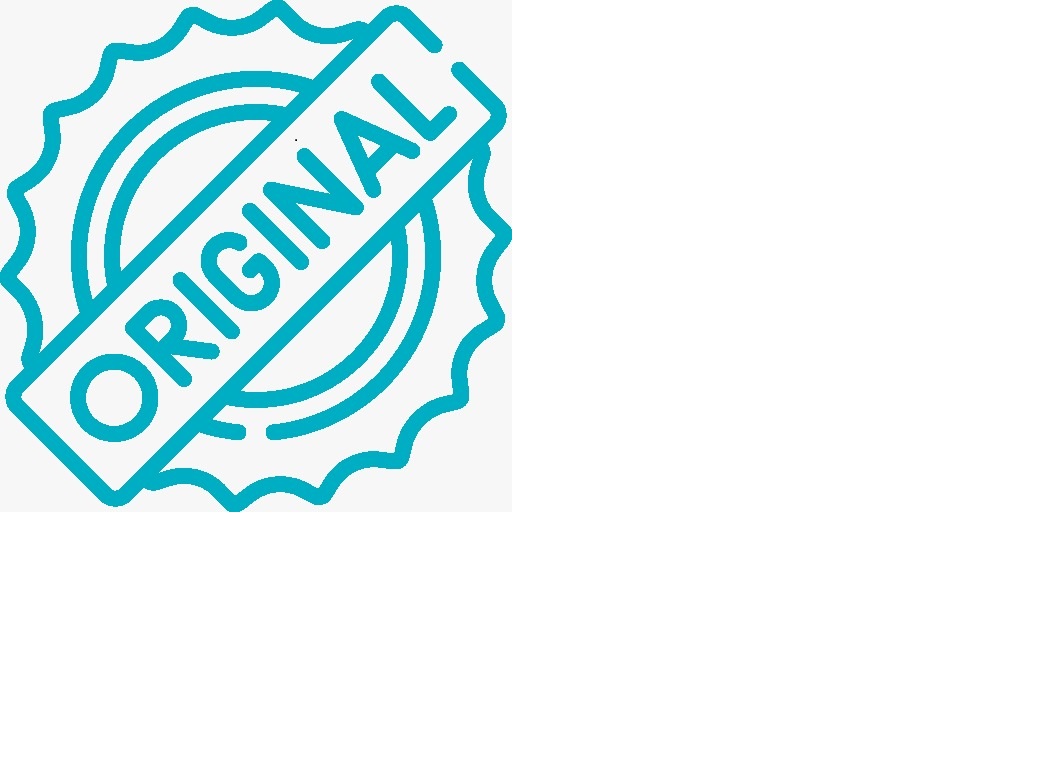Consumption of psychoactive substances in road accidents treated in six hospitals in the province of Buenos Aires
Keywords:
accidents, traffic, marijuana use,, marijuana abuse, alcoholic intoxicationAbstract
Introduction: Traffic accidents and their associated mortality continue to be high worldwide. Cannabis and other psychoactive substances (PAS) and their association with traffic accidents have been little studied in our environment. Objective: To determine the association of cannabis consumption, isolated or associated with alcohol (up to 6 hours prior to hospital admission) with the likelihood of admission to an emergency room (ER) in public hospitals due to injuries caused by traffic accidents. Methods: Descriptive, cross-sectional study carried out in 6 hospitals of the province of Buenos Aires. A voluntary survey on PAS consumption upon admission to the ER was distributed; and the population was split according to admission due to traffic accidents or to other causes. The effect of cannabis use on the likelihood of admission due to accidents was evaluated with logistic regression analysis. Results: Of 2116 patients older than 15 years of age admitted, 1463 completed the PAS survey; 109 (7.5%) were admitted due to traficc accidents. Of them, 56 (51.4%) were driving a vehicle, 60 (55%) were men, and 252 (17.2%) declared PAS consumption. Those admitted to the ER due to a traffic accident were significantly younger (35 ± 11 vs. 38 ± 17; p= 0.003) and reported having used cannabis more frequently [26 (23.9%) vs. 102 (7.5%); p< 0.001] or cannabis and alcohol [10 (9.3%) vs 46 (3.4%); p= 0.002], with alcohol consumption being marginally significant [14 (13.1%) vs. 113 (8.4); p= 0.099]. Cannabis use was a strong independent predictor of admission due to an accident, adjusted for age, sex, alcohol consumption and educational level (OR 3.69; 95% CI 2.08-6.52). Discussion: This study suggests an association between cannabis consumption and traffic accidents. It would be appropriate to conduct prospective cohort studies specifically designed to evaluate this relationship.
Downloads
References
1. World Health Organization. Global status report on road safety 2023 [Internet]. Ginebra: WHO; 2023 [citado 11 ene. 2024]. Disponible en: https://iris.who.int/bitstream/handle/10665/375016/9789240086517-eng.pdf?sequence=1
2. Organización Panamericana de la Salud. Beber y conducir [Internet]. Washington D.C.: OPS; 2017 [citado 12 dic. 2023]. Disponible en: https://www3.paho.org/hq/index.php?option=com_docman&view=download&alias=41188-hoja-informativa-beber-conducir-188&category_slug=hojas-informativas-5231&Itemid=270&lang=es
3. International Traffic Safety Data and Analysis Group. Alcohol-Related Road Casualties in Official Crash Statistics [Internet]. París: International TransportForum; 2017 [citado 26 dic. 2023]. Disponible en: https://www.itf-oecd.org/sites/default/files/docs/alcohol-related-road-casualties-official-crash-statistics.pdf
4. Argentina. Dirección Nacional de Observatorio Vial. Dirección de Investigación Accidentológica. Estudio sobre consumo de alcohol y otras sustancias psicoactivas (SPA) en siniestrados viales 2023 [Internet]. Buenos Aires: Observatorio Nacional de Seguridad Vial; 2023 [citado 18 dic. 2023]. Disponible en: https://www.argentina.gob.ar/sites/default/files/2018/12/ansv_ov_estudio_sonsumo_de_spa_en_sv_2023.pdf
5. Preuss UW, Huestis MA, Schneider M, Hermann D, Lutz B, Hasan A, Kambeitz J, Wong JWM, Hoch E. Cannabis use and car crashes: a review. Front. Psychiatry[Internet]. 20 mayo 2021 [citado 15 dic. 2023]; 12:643315. Disponible en: https://www.frontiersin.org/journals/psychiatry/articles/10.3389/fpsyt.2021.643315/full
6. Hartman RL, Huestis MA. Cannabis effects on drivingskills. Clin Chem [Internet]. 2013 [citado 15 dic. 2023]; 59(3):478-492. Disponible en: https://doi:10.1373/clinchem.2012.194381
7. Organización Panamericana de la Salud Efectos sociales y para la salud del consumo de cannabis sin fines médicos [Internet]. Washington, D.C.: OPS; 2018 [citado 9 ene. 2024]. Disponible en: https://iris.paho.org/bitstream/handle/10665.2/34944/9789275319925_spa.pdf?sequence=1&isAllowed=y
8. Farmer CM, Monfort SS, Woods AN. Changes in traffic crash rates after legalization of marijuana: results by crash severity. J Stud Alcohol Drugs [Internet]. 2022 [citado 9 ene. 2024]; 83(4):494-501. Disponible en: https://doi:10.15288/jsad.2022.83.494
9. Sevigny E.L. Cannabis and driving ability. Current Opinion in Psychology [Internet]. 2021 Apr [citado 9 ene. 2024]; 38:75–79. Disponible en: https://doi: 10.1016/j.copsyc.2021.03.003
10. Lenné MG, Dietze PM, Triggs TJ, Walmsley S, Murphy B, Redman JR. The effects of cannabis and alcohol on simulated arterial driving: Influences of driving experience and task demand. Accid Anal Prev [Internet]. 2010 [citado 9 ene. 2024]; 42(3):859-866. Disponible en: https://doi:10.1016/j.aap.2009.04.021
11. Brubacher JR, Chan H, Erdelyi S et al. Cannabis use as a risk factor for causing motor vehicle crashes: a prospective study. Addiction [Internet]. 2019 [citado 9 ene. 2024]; 114(9):1616-1626. Disponible en: https://doi: 10.1111/add.14663
12. NIDA. Conducir bajo el efecto de drogas: Drug Facts en español. National Institution Drug Abuse [sitio web]. 31 dic. 2019 [citado 9 ago. 2024]. Disponible en: https://nida.nih.gov/es/publicaciones/drugfacts/conducir-bajo-el-efecto-de-drogas
13. Biecheler MB, Peytavin JF, the SAM Group, Facy F, Martineau H. Traffic injury prevention. SAM Survey on “Drugs and Fatal Accidents”: search of substances consumed and comparison between drivers involved under the influence of alcohol or cannabis.Traffic Injury Prevention [Internet]. 2008 [citado 9 ene. 2024]; 9(1):11-21. Disponible en: https://doi: 10.1080/15389580701737561
14. Beirness DJ, Porath AJ. Clearing the smoke on cannabis: cannabis use and driving, an update [Internet]. Ottawa: Canadian Centre on Substance Abuse and Addiction: 2019 [citado 10 ene. 2024]. Disponible en: https://www.ccsa.ca/sites/default/files/2019-10/CCSA-Cannabis-Use-Driving-Report-2019-en_1.pdf
15. Buenos Aires. Gobierno de la Provincia. A un año de la Ley de alcohol cero en PBA, los positivos bajaron al 0,23% [Internet]. 2023 dic.16 [citado 10 ene. 2024]. Disponible en: https://www.gba.gob.ar/seguridadvial/noticias/un_a%C3%B1o_de_la_ley_de_alcohol_cero_en_pba_los_positivos_bajaron_al_023
16. Sedronar. Junta de Seguridad en el Transporte. Informe de avances de estudio de seguridad operacional [Internet]. Buenos Aires: JST; 2022 2023 [citado 18 dic. 2023]. Disponible en: en:www.argentina.gob.ar/sites/default/files/jst_oad_2023_informe_de_avances_de_estudio_de_seguridad_operacional.pdf
17. Ley de tránsito: ley n° 24.449. Información Legislativa [Internet]. 1995 6 feb [citado 9 ene. 2024]. Disponible en: https://servicios.infoleg.gob.ar/infolegInternet/anexos/0-4999/818/texact.htm
18. García SD. Consumo de cannabis y su relación con los accidentes de tránsito [Tesis de maestría en Internet]. [Córdoba]: Universidad Nacional de Córdoba; 2020 [citado 9 ene. 2024]. Disponible en: ttps://rdu.unc.edu.ar/handle/11086/17530
19. Fariña F, Romero J, Isorna M, Arce R. Profiling and Prevalence of Substance-Related and Addictive Disorders and Behavioural Addictions in Incarcerated Traffic Offenders. Sustainability[Internet]. 2023 [citado 9 ene. 2024];15(12):9771. Disponible en: https://doi.org/10.3390/su15129771

Downloads
Published
Issue
Section
Categories
License
Copyright (c) 2024 Ana N. Varela Baino, Martín Salazar, Beatriz Di Biasi, Carlos Damin, Ana Barrionuevo, Verónica González Martínez, Elisa Estenssoro

This work is licensed under a Creative Commons Attribution-NonCommercial-ShareAlike 4.0 International License.
Los/as autores/as prestan su conformidad para ceder los derechos de copia (copyright) de sus manuscritos a la Revista, en la forma de cesión no exclusiva de derechos. Los/as autores/as conservan los derechos sobre sus trabajos.
